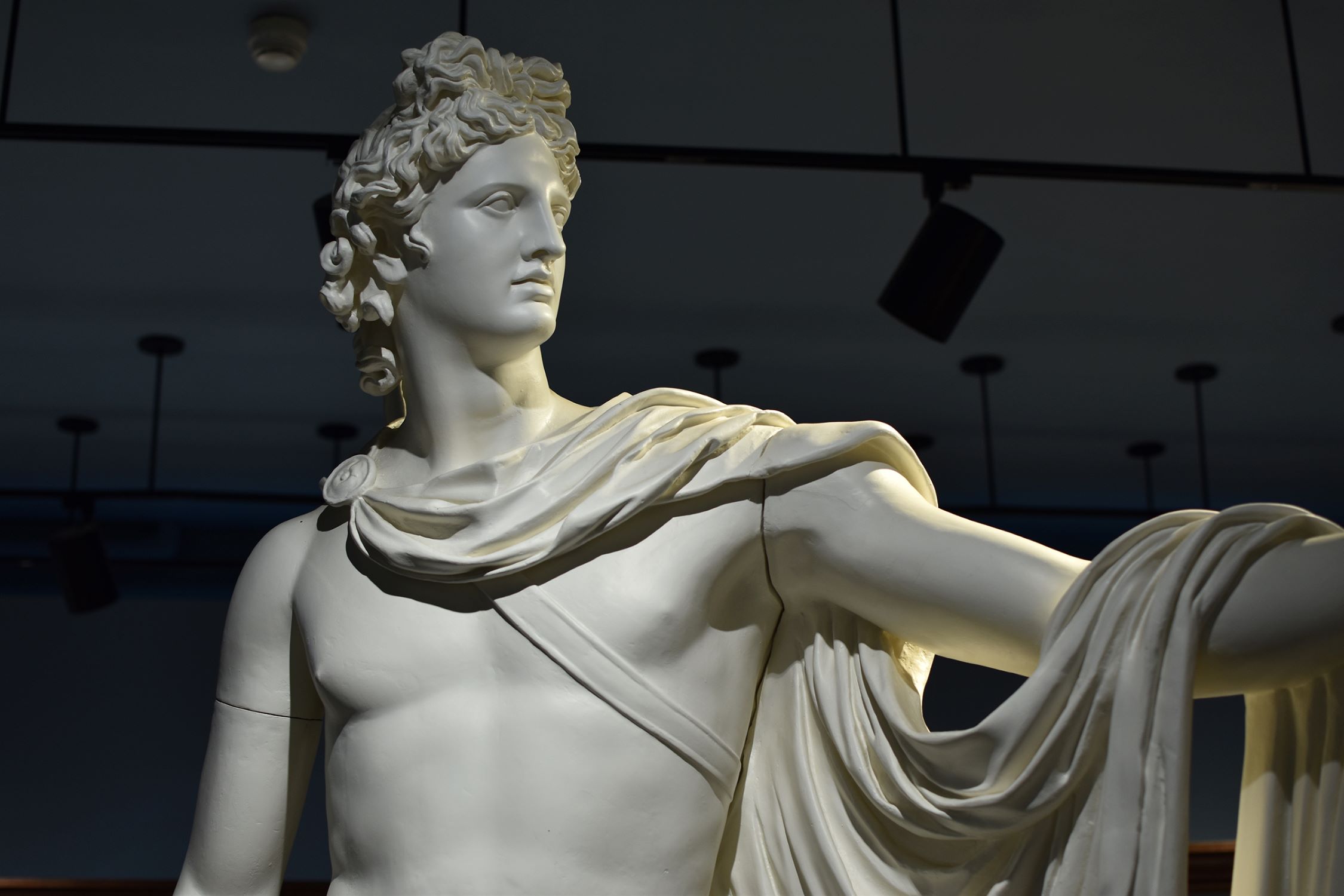Apollo Lecture at Rowland Freedom Center

Exploring the Engineering Behind the Apollo Missions
On a Saturday afternoon at the Rowland Freedom Center in Vacaville, residents with a passion for lunar exploration were treated to an engaging seminar titled "The Engineering of Apollo." The event was led by Joe Martinez, a model maker known for his work on films such as "The Right Stuff," "Robocop 2," and "Die Hard 2." With his extensive experience and personal research, Martinez provided attendees with a detailed look into NASA's space race era.
Martinez, who was just 11 years old when humans first landed on the moon, described that moment as "absolutely the coolest thing ever." This early fascination eventually shaped his career, leading him through the Navy and into the world of film. His presentation delved into the technical aspects of the Apollo missions, including their orbit patterns and the evolution of the Saturn rocket series, culminating in the powerful Saturn V.
He emphasized the massive scale of the Apollo program, noting that approximately 400,000 people contributed to its success. Martinez likened the effort to a war, where everyone was working together toward a common goal. He expressed a longing for that same level of commitment in today’s world.
The Saturn V rocket, he explained, was an engineering marvel. Its first stage booster was 33 feet across but primarily carried fuel. Despite its immense size—equivalent to a destroyer battleship and weighing six million pounds—the rocket generated seven and a half million pounds of thrust to reach orbit. Notably, none of the 13 Saturn V rockets failed during their missions.
Martinez compared the command module, which sat at the top of the rocket, to a minivan. It was just large enough to carry three astronauts per mission, providing them with space for work, rest, and essential life functions. While weightlessness eliminated some discomforts, the cramped conditions during the week-long journey to the moon and back must have been challenging.
He also highlighted the lunar lander as the "first purpose-built spaceship." Due to its fragility, it could not function effectively on Earth. Even a small mistake, like dropping a screwdriver, could compromise the entire structure.
The Saturn V rockets consumed 20 pounds of fuel per second, and their engines had to be started 8.9 seconds before liftoff. Launching eastward allowed the rockets to take advantage of the Earth's rotation rather than fighting against it. After launch, stages of the rocket would fall away to reduce weight, followed by final system checks during two orbits around Earth before heading toward the moon.
Once on the moon, astronauts spent only about two and a half hours conducting experiments, planting the American flag, and leaving a plaque behind. All seven successful lunar missions landed near the moon's equator, as it is easier to land there. The electric and foldable lunar rover used during these missions was ahead of its time, showcasing advanced technology for the 1960s and 1970s.
While two astronauts explored the lunar surface, a third remained in the command module, conducting experiments from lunar orbit. Upon return, the nose cone served as a reentry vehicle, protected by a heat shield to prevent burning up during atmospheric reentry.
Martinez shared that 24 people have walked on the moon, and he has met 10 of them. He hopes that discussions about the Apollo program will continue to inspire future generations to care for the Earth and pursue further space exploration. Reflecting on the moon landing, he called it a remarkable achievement and questioned why humanity cannot accomplish more extraordinary feats.
Komentar
Posting Komentar